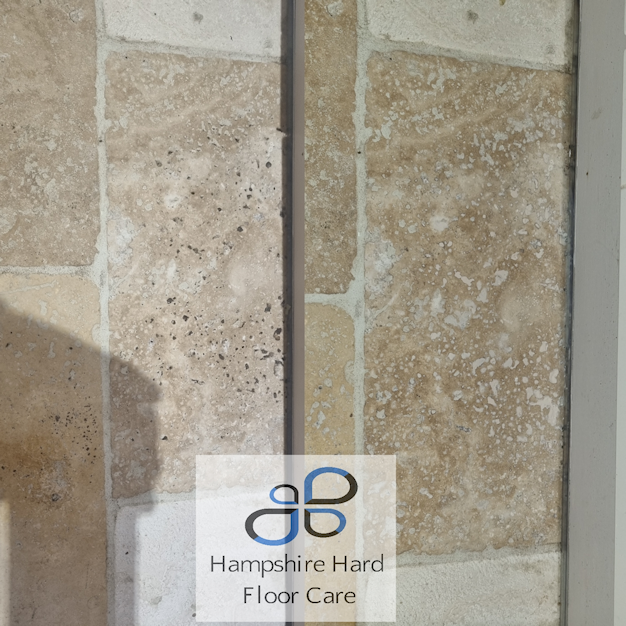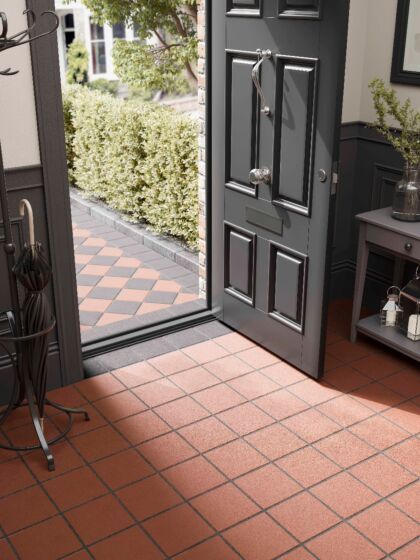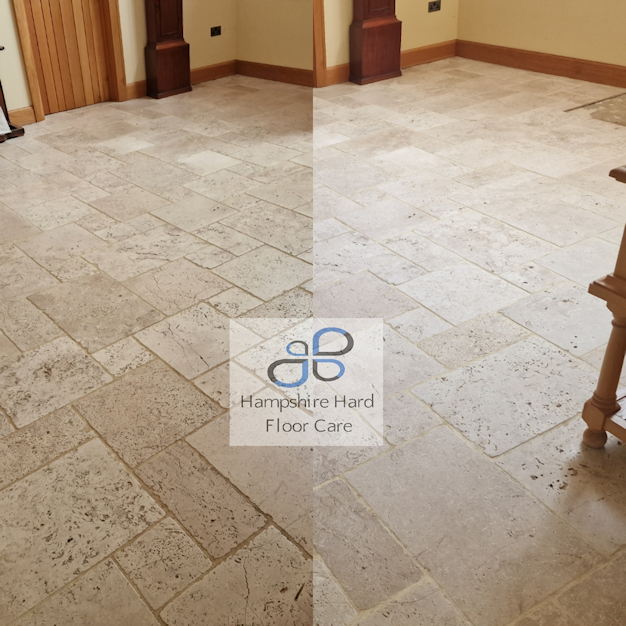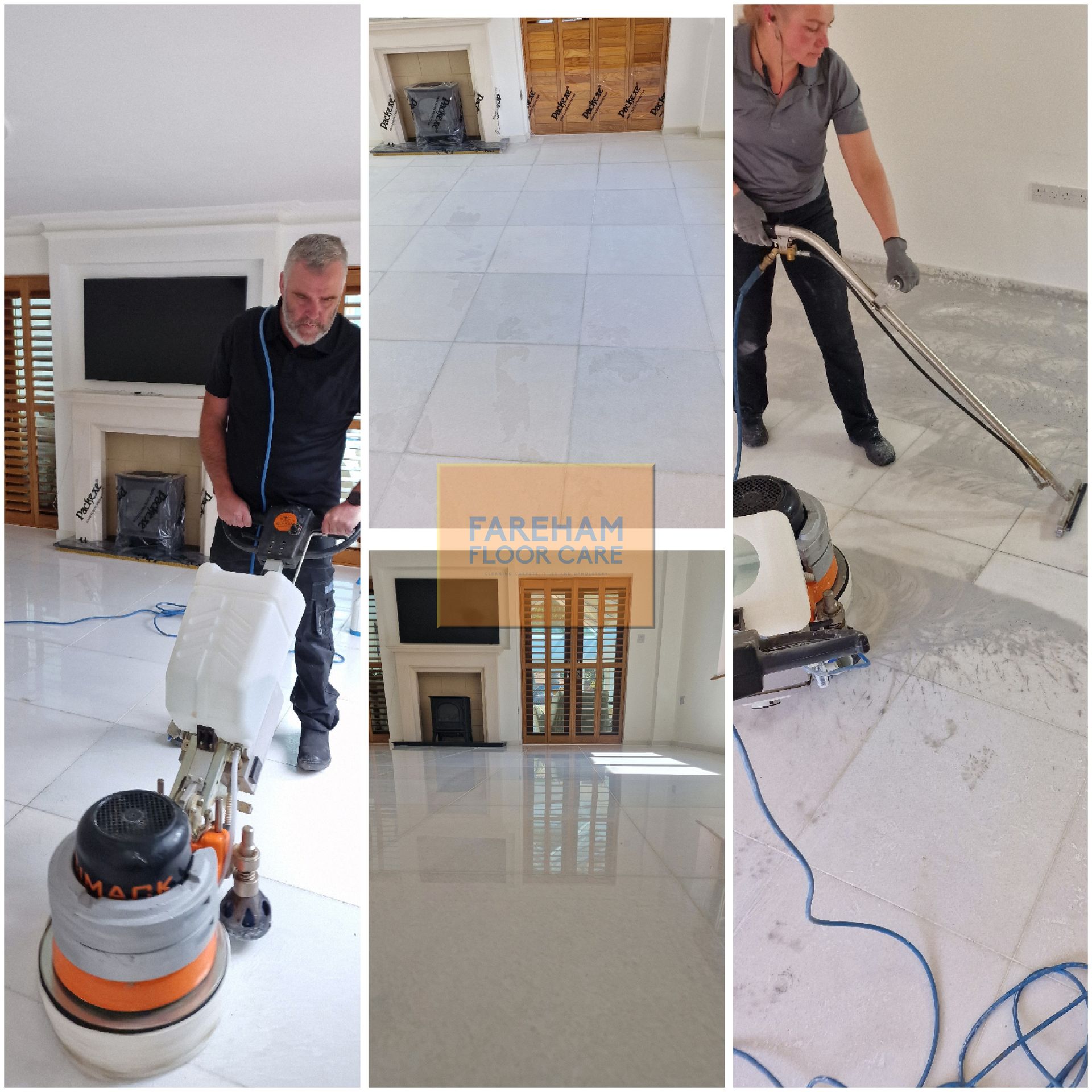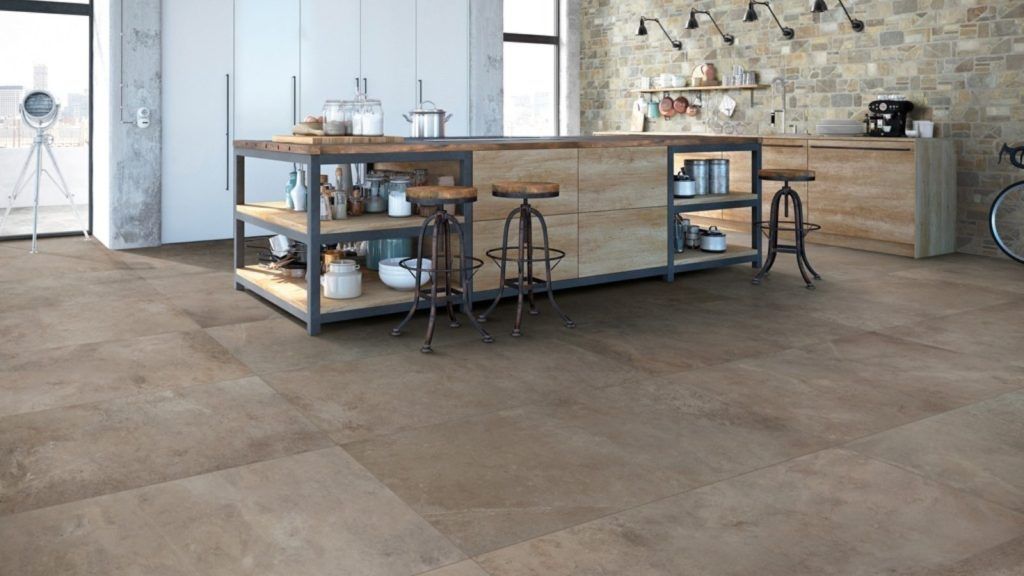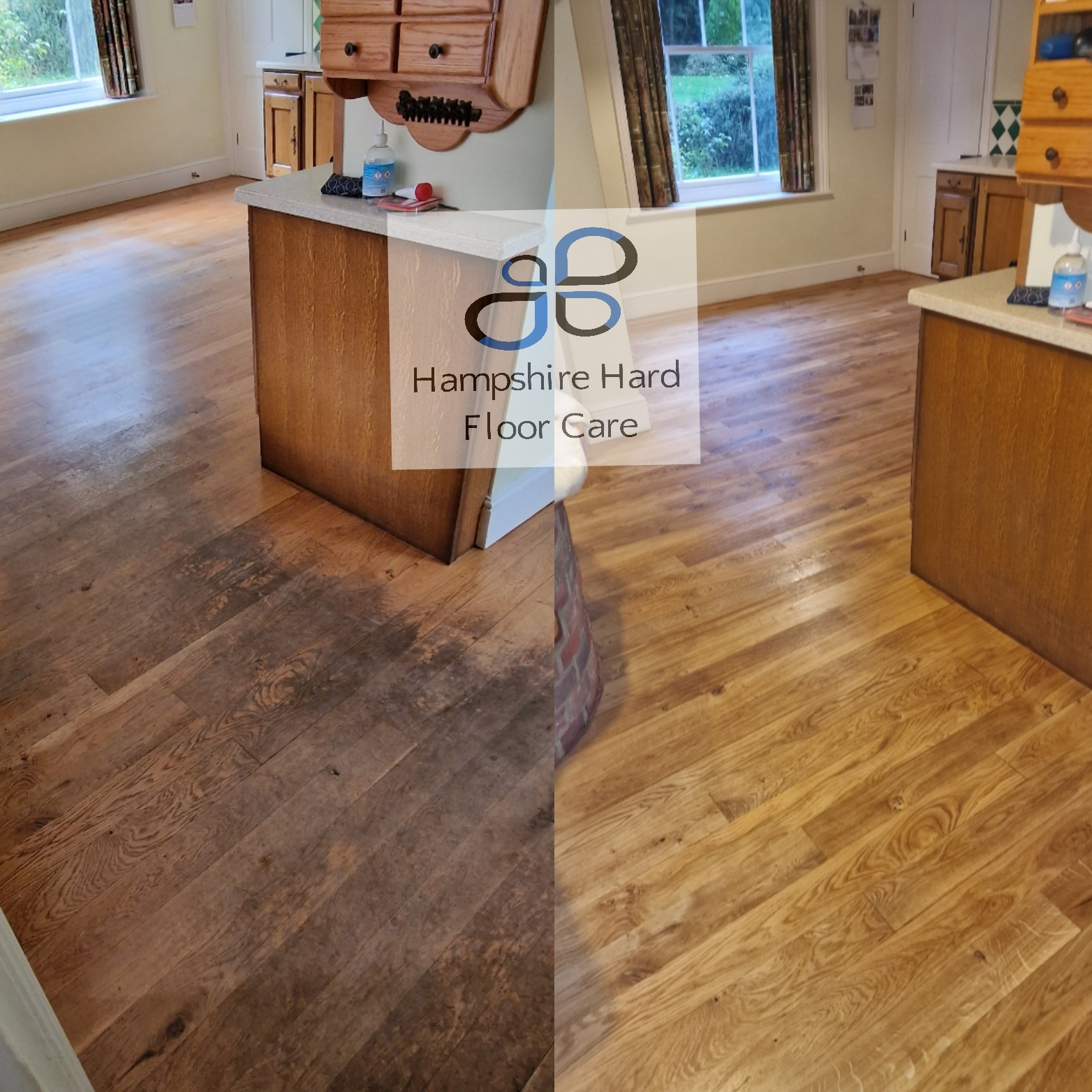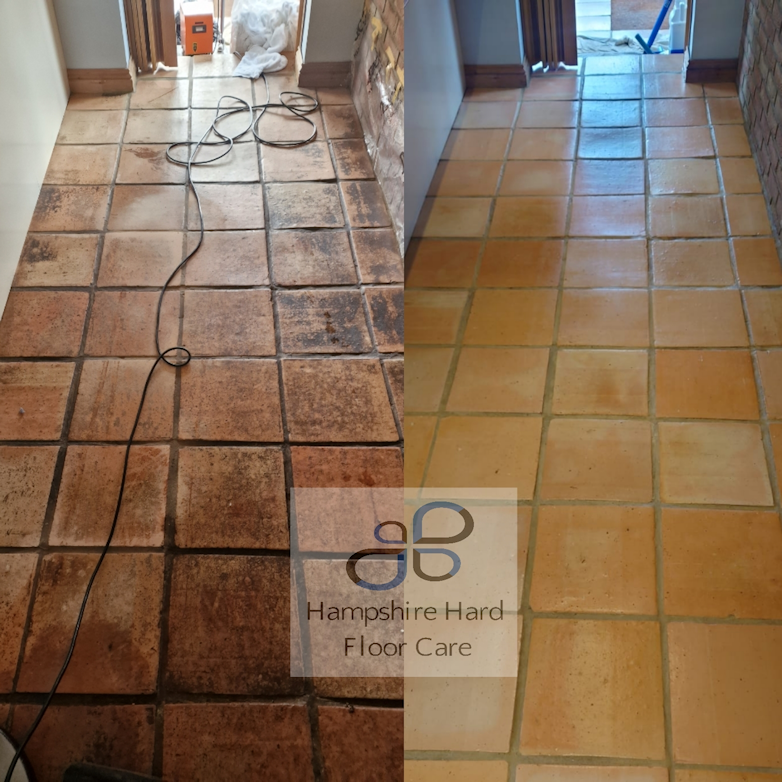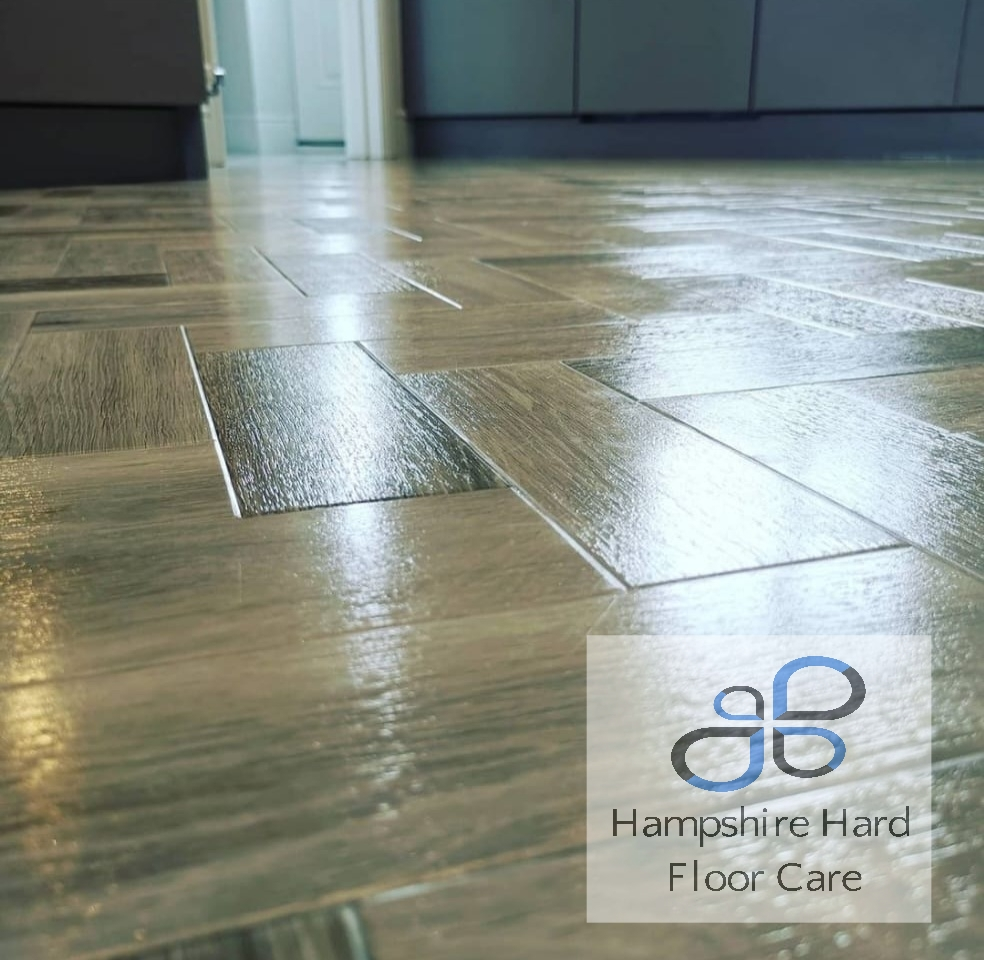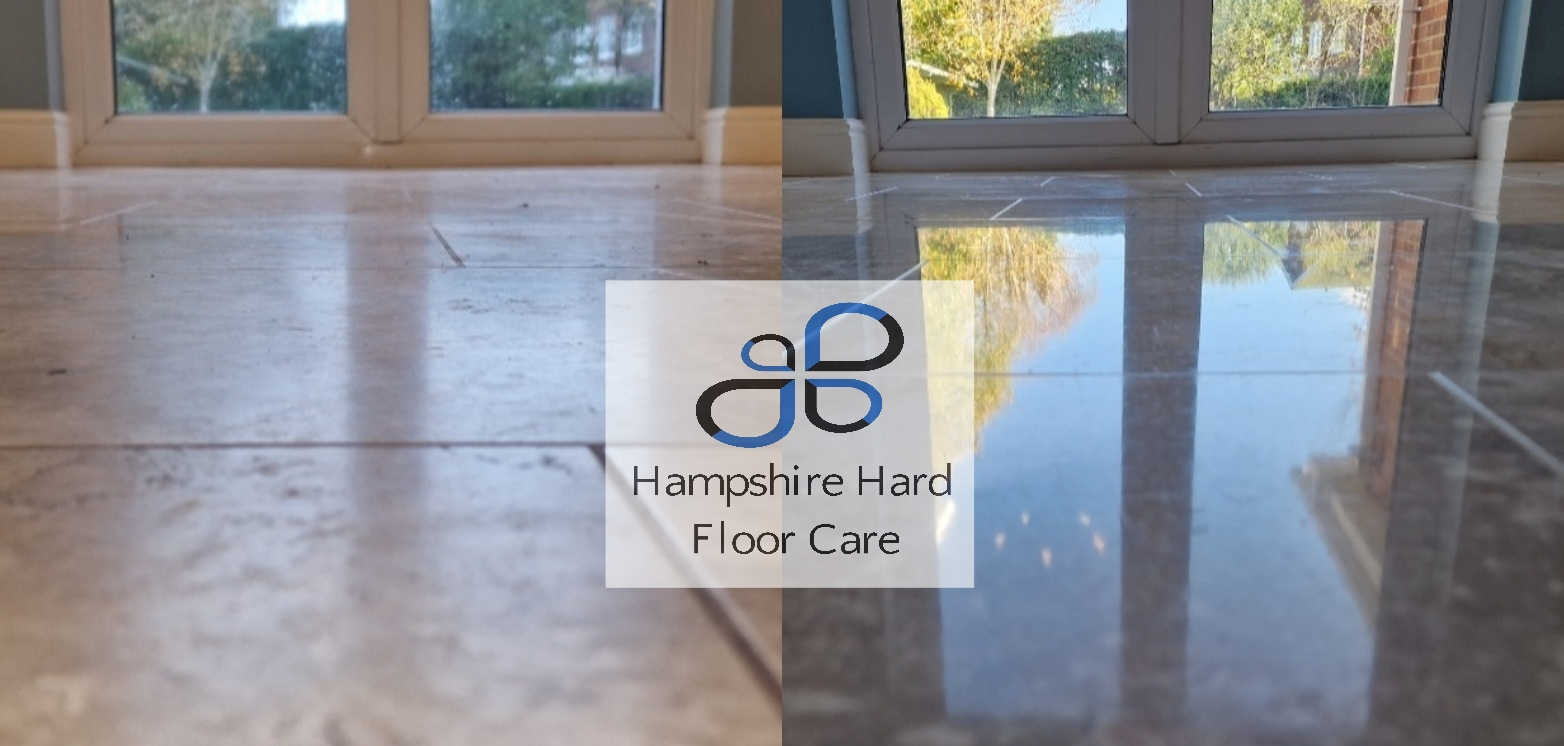Homeowner's Handbook: Navigating Limestone Floor Care and Restoration Options
Maintaining the timeless elegance of limestone floors requires a delicate balance of care and expertise. For homeowners in the UK, the allure of this natural stone is matched only by the challenge of preserving its pristine condition. Understanding the nuances between DIY cleaning methods and professional restoration services is crucial for those seeking to extend the longevity and beauty of their flooring. From routine maintenance to tackling more stubborn stains or damage, the options available can significantly impact both aesthetics and the value of your home. Join us as we delve into the essentials of limestone floor care, equipping you with the knowledge to make informed decisions that best suit your needs. For more detailed information on limestone floor cleaning and sealing, visit Hampshire Hard Floor Care.
Understanding Limestone Flooring
Limestone flooring is a popular choice for homeowners seeking a natural, elegant look. This section explores the origins, benefits, and challenges of limestone floors, providing you with a comprehensive understanding of this timeless material.
Origins and Characteristics
Limestone is a sedimentary rock formed over millions of years from the accumulation of marine organisms. Its unique composition gives it distinct characteristics that make it a sought-after flooring option.
The stone's natural variations in color and texture create a one-of-a-kind appearance in every installation. From creamy whites to warm beiges and cool grays, limestone offers a diverse palette to complement any interior design.
Limestone's porous nature contributes to its ability to regulate indoor temperatures, making it an excellent choice for both warm and cool climates. This natural insulation property can help reduce energy costs in your home.
Benefits of Limestone Floors
Limestone floors offer numerous advantages that make them a popular choice for homeowners. Their timeless beauty and durability are just the beginning of what these natural stone floors can provide.
One of the primary benefits is the unique aesthetic appeal. Each limestone tile has its own pattern and texture, creating a natural, organic look that can't be replicated by synthetic materials. This natural beauty adds value to your home and creates a lasting impression.
Limestone is also known for its durability when properly maintained. With the right care, limestone floors can last for decades, making them a cost-effective long-term investment for your home.
Additionally, limestone floors are environmentally friendly. As a natural material, limestone is sustainable and doesn't release harmful chemicals into your home environment.
Common Challenges and Solutions
While limestone floors offer many benefits, they also come with certain challenges that homeowners should be aware of. Understanding these issues and their solutions can help you maintain your floors effectively.
One of the primary concerns is limestone's susceptibility to acidic substances. Spills from wine, citrus juices, or vinegar can etch the surface if not cleaned promptly. The solution is to clean spills immediately and use pH-neutral cleaners for regular maintenance.
Another challenge is the potential for scratching and wear in high-traffic areas. To address this, consider using area rugs in busy spots and applying a high-quality sealant to protect the stone's surface.
Lastly, limestone can be prone to staining due to its porous nature. Regular sealing and prompt cleaning of spills can help prevent this issue. For stubborn stains, professional cleaning services may be necessary.
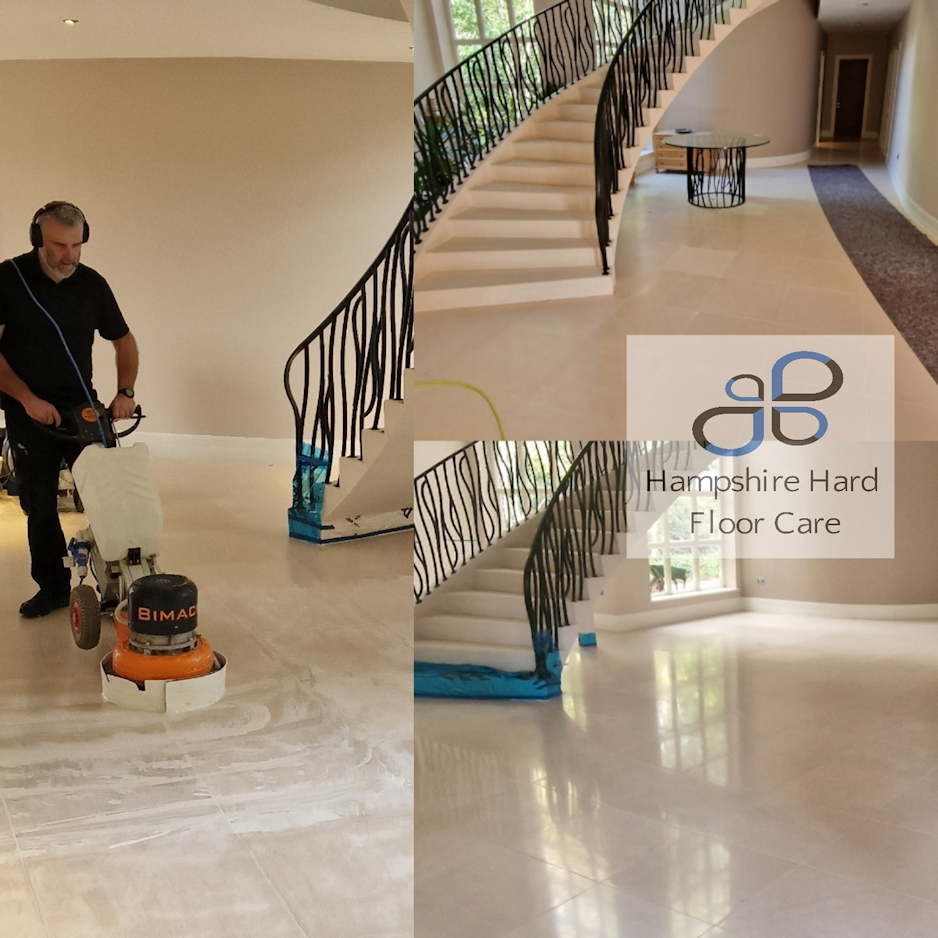
DIY Limestone Floor Care
Maintaining your limestone floors doesn't always require professional intervention. With the right tools and knowledge, you can keep your floors looking beautiful through regular DIY care. This section will guide you through the essentials of at-home limestone floor maintenance.
Essential Tools and Materials
To effectively care for your limestone floors, you'll need a specific set of tools and materials. Having these on hand will ensure you're prepared for routine cleaning and minor maintenance tasks.
First and foremost, invest in a high-quality, soft-bristled broom or vacuum with a soft brush attachment. These are essential for daily removal of dirt and debris without scratching the surface.
For wet cleaning, you'll need a pH-neutral stone cleaner, a soft mop (preferably microfiber), and a bucket. Avoid acidic or abrasive cleaners as they can damage the limestone.
Lastly, keep a supply of soft, lint-free cloths for drying and buffing the floor after cleaning. These will help prevent water spots and streaks.
Step-by-Step Cleaning Process
Proper cleaning of limestone floors involves a systematic approach to ensure thorough care without damaging the stone. Follow these steps for optimal results:
- Begin by sweeping or vacuuming the floor to remove loose dirt and debris.
- Prepare a cleaning solution using a pH-neutral cleaner specifically designed for natural stone. Follow the manufacturer's instructions for dilution.
- Damp mop the floor using the prepared solution. Avoid over-wetting the floor, as excess water can seep into the porous stone.
- For stubborn stains, use a soft cloth to gently work the cleaning solution into the affected area. Never use abrasive materials or scrub aggressively.
- Rinse the floor thoroughly with clean water to remove any residual cleaning solution.
- Dry the floor immediately with a soft, lint-free cloth to prevent water spots and potential etching.
For a more detailed guide on limestone floor maintenance, visit The Stone Flooring Company's care guide.
Common Mistakes to Avoid
When caring for limestone floors, certain practices can do more harm than good. Being aware of these common mistakes can help you avoid potential damage to your beautiful stone surfaces.
One of the most frequent errors is using acidic or abrasive cleaners. These can etch or scratch the limestone surface, causing permanent damage. Stick to pH-neutral cleaners specifically designed for natural stone.
Another mistake is neglecting to seal the limestone regularly. Sealing helps protect the stone from stains and etching. Check with a professional to determine the appropriate sealing schedule for your specific limestone type.
Lastly, avoid letting spills sit on the surface. Limestone is porous and can absorb liquids quickly, leading to stains. Always clean spills immediately to maintain the integrity of your floor.
Professional Restoration Services
While regular DIY maintenance is crucial, there are times when professional intervention becomes necessary. This section explores when to seek expert help, what to expect from professional services, and how to evaluate the costs and benefits.
When to Call in Experts
Recognizing when your limestone floor needs professional attention is key to maintaining its beauty and integrity. There are several situations where expert intervention is recommended.
If you notice deep stains that don't respond to regular cleaning, it's time to call in professionals. They have specialized equipment and solutions to tackle stubborn discoloration without damaging the stone.
Significant scratches, chips, or etching also warrant professional restoration. These issues often require specialized techniques like honing or polishing to restore the floor's smooth surface.
Additionally, if your floor has lost its lustre despite regular maintenance, or if you're unsure about the appropriate care for your specific limestone type, professional advice can be invaluable. Hampshire Hard Floor Care offers expert services for limestone floor restoration in Southampton and surrounding areas.
What to Expect from Professionals
When you hire professional limestone restoration services, you can anticipate a comprehensive approach to rejuvenating your floors. The process typically involves several steps, each tailored to your floor's specific needs.
Initially, professionals will assess your floor's condition, identifying areas of concern and determining the most appropriate restoration methods. This may include deep cleaning, stain removal, honing to remove scratches or etching, and polishing to restore shine.
Experts will also address any structural issues, such as loose or cracked tiles, ensuring the floor's integrity. Finally, they'll apply a high-quality sealant to protect the restored surface from future damage.
Throughout the process, professionals should communicate clearly about their methods, expected outcomes, and any aftercare recommendations. This ensures you're fully informed and equipped to maintain your newly restored floors.
Selecting the Right Service Provider
Choosing the right professional for your limestone floor restoration is crucial to achieving the best results. This section will guide you through the key qualities to look for, important questions to ask, and how to interpret reviews effectively.
Key Qualities to Look For
When selecting a limestone floor restoration service, certain qualities can indicate a provider's expertise and reliability. These attributes can help ensure you receive high-quality service and satisfactory results.
Experience is paramount. Look for providers with a proven track record in limestone restoration. They should be able to demonstrate their expertise through case studies or before-and-after photos of previous projects.
Certification and training are also crucial. Reputable providers invest in ongoing education to stay updated on the latest techniques and products in stone restoration. Ask about their certifications and training programs.
Customer service is another key factor. The best providers will be responsive, transparent about their processes, and willing to answer your questions. They should provide clear, detailed quotes and be able to explain their restoration methods in terms you can understand.
Questions to Ask Before Hiring
Before committing to a service provider, it's important to ask the right questions to ensure they're the best fit for your needs. Here are some key inquiries to make:
- What is your experience specifically with limestone floor restoration?
- Can you provide references or examples of similar projects you've completed?
- What methods and products do you use in your restoration process?
- Are you insured?
Additionally, ask about their timeline for completion and any preparations you need to make before they begin work. Clear communication from the outset can prevent misunderstandings and ensure a smooth restoration process.
Reading and Interpreting Reviews
Customer reviews can provide valuable insights into a service provider's quality and reliability. However, it's important to approach reviews with a discerning eye.
Look for detailed reviews that describe specific aspects of the service, such as punctuality, professionalism, and quality of work. These tend to be more reliable than vague, general comments.
Pay attention to how the company responds to negative reviews. Professional, constructive responses can indicate a commitment to customer satisfaction.
Consider the overall trend of reviews rather than focusing on individual extreme opinions. A consistently high rating across multiple platforms is a good indicator of reliable service.
For an example of what to look for in a reputable service provider, check out Surface Savvy's guide to stone restoration.
Maintaining Your Limestone Floors
After investing in professional restoration or implementing a DIY care routine, maintaining your limestone floors is crucial for preserving their beauty and extending their lifespan. This section covers regular maintenance tips, long-term care strategies, and the importance of customer feedback.
Regular Maintenance Tips
Consistent care is key to keeping your limestone floors in top condition. Incorporating these maintenance tips into your routine can help preserve the beauty of your floors.
Daily sweeping or vacuuming is essential to remove abrasive particles that can scratch the surface. Use a soft-bristled broom or a vacuum with a soft brush attachment to avoid damaging the stone.
Weekly damp mopping with a pH-neutral cleaner designed for natural stone will help keep your floors clean without stripping the sealant or etching the surface. Always use clean water and avoid over-wetting the floor.
Place mats at entrances to trap dirt and moisture before they reach your limestone floors. This simple step can significantly reduce wear and tear in high-traffic areas.
Long-Term Care Strategies
To ensure the longevity of your limestone floors, it's important to implement long-term care strategies that go beyond daily cleaning routines.
Regular sealing is crucial for protecting limestone from stains and etching. The frequency of sealing depends on the specific type of limestone and the amount of foot traffic, but generally, sealing every 1-3 years is recommended.
Periodic professional deep cleaning can help remove stubborn stains and restore the floor's natural beauty. Consider scheduling this service annually or bi-annually, depending on your floor's condition and usage.
Monitor your floors for signs of wear or damage. Addressing small issues promptly can prevent them from becoming more serious and costly problems in the future.
Encouraging Customer Testimonials
Customer feedback is invaluable for both service providers and potential clients. If you've had a positive experience with a limestone floor restoration service, consider sharing your story.
Detailed testimonials that describe the specific benefits you've experienced can help others make informed decisions. Mention aspects like the quality of work, professionalism of the team, and the lasting results of the restoration.
Before and after photos can be particularly compelling. If possible, take pictures of your floor before the restoration and compare them to the results afterward.
Remember, honest feedback, including constructive criticism, can help service providers improve their offerings and ultimately benefit the entire community of limestone floor owners.
